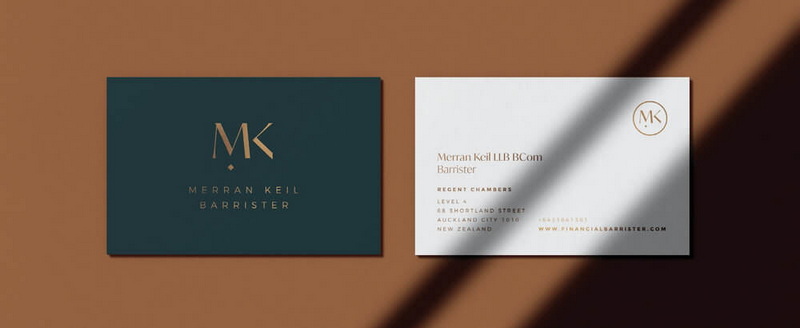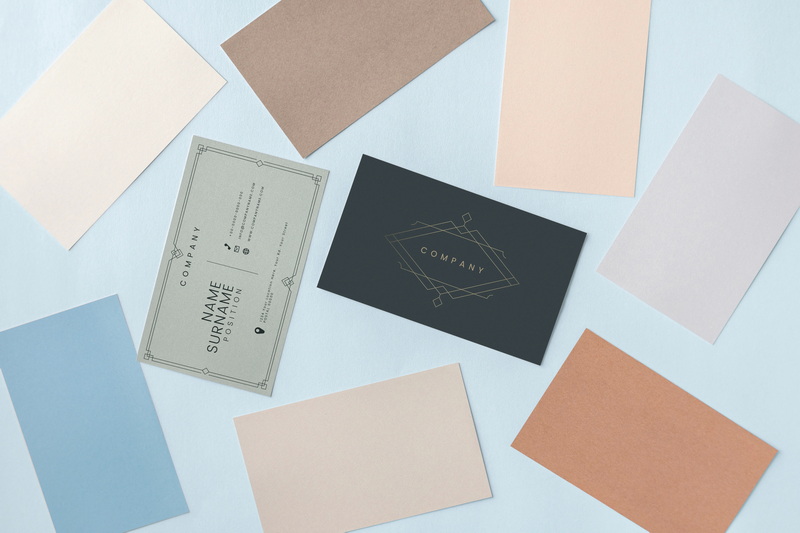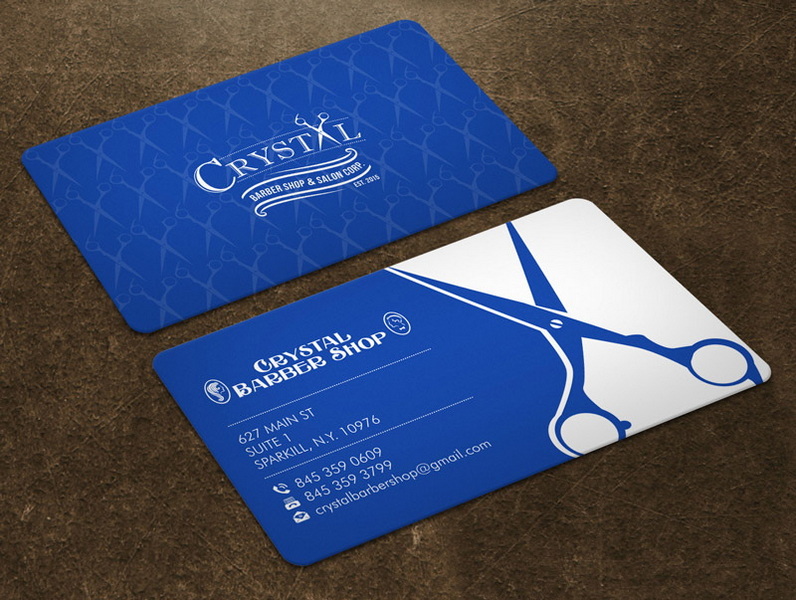Content Menu
● Introduction to Norway's Card Printing Market
● Material Options for Business Cards
● Customization and Production Processes
● Design and Branding Considerations
● Packaging and Related Print Collateral
● Supply Chain and Service Considerations
>> Quality Assurance and Certifications
>> Pricing Considerations
● How to Select a Norwegian Business Card Partner
● Case Studies and Real-World Scenarios
● Supply Chain Resilience and Future Trends
● Conclusion
● FAQ
>> 1. What should I look for in a Norwegian business card supplier's color accuracy?
>> 2. How do sustainable paper options affect cost and durability?
>> 3. What are the most popular finishes for premium business cards?
>> 4. How long does it typically take to complete a short-run card order with proofs?
>> 5. Can I pair business cards with labels and brochures from the same supplier?
The business cards market in Norway blends traditional craftsmanship with modern digital workflows, enabling brands to convey identity through tactile materials, precise color, and thoughtful finishes. For companies seeking high-quality business cards, the right partner delivers not only exceptional print quality but also strategic value through design guidance, sustainable practices, and seamless logistics. This expanded article delves into leading business cards manufacturers and suppliers in Norway, explores material options and production processes, and shares practical guidance for selecting an OEM partner. It also discusses related print collateral and packaging strategies that reinforce brand consistency across touchpoints. A focus on sustainability, certifications, and supply chain reliability helps brands align their print programs with broader corporate values.

Introduction to Norway's Card Printing Market
Norway's printing sector prioritizes sustainability, local service, and high fidelity across both digital and offset workflows. When selecting a business card supplier, businesses should consider material choices, stock and core options, customization capabilities, production technologies, and compliance standards. The market favors suppliers who can combine fast turnaround with durable finishes, accurate color management, and transparent pricing. The following sections profile typical capabilities you may encounter from reputable Norwegian printers, along with practical guidance for evaluating OEM partners and developing long-term card programs.
Material Options for Business Cards
Material selection influences tactile feel, durability, and brand perception. Key categories to consider include:
- Paper stocks: 180-600 gsm ranges, with uncoated, coated, and textured varieties.
- Finishes: matte, gloss, satin, soft-touch, and UV coatings.
- Special effects: foil stamping, spot color, embossing/debossing, die-cut shapes, rounded corners, and edge painting.
- Sustainability: recycled content, responsibly sourced fibers, and compostable laminates.
Premium brands often favor thicker stocks with tactile finishes to communicate quality, while event-focused cards may use lighter stock for bulk distribution. Consider pairing cards with complementary finishes (e.g., a soft-touch card with a spot UV logo) to create a cohesive branding experience.
Customization and Production Processes
A capable supplier can guide you from concept to finished product. Critical steps include:
- Proofing: virtual proofs and hard proofs to verify color accuracy and layout before production.
- Color management: calibrated workflows to ensure consistent reproduction across batches.
- Finishing: a la carte options for texture, gloss, foil, and tactile effects.
- Substrate compatibility: ensuring coatings and finishes bond well with chosen stocks.
- Quality control: color checks, edge quality inspections, and thorough packaging checks.
Transparent quoting and a clear revision process help prevent surprises and shorten lead times. A strong partner will also offer scalable production plans to accommodate future growth or seasonal campaigns.
Design and Branding Considerations
Effective business card design balances readability with brand personality. Consider:
- Typography and legibility: legible typefaces, appropriate font sizes, and clear contact details.
- Color psychology: colors aligned with brand identity and industry norms.
- Layout efficiency: scannable information, consistent margins, and alignment with other collateral.
- Branding hierarchy: a logical order of information, typically name, title, phone, email, and website.
Develop multiple design variations to test what resonates with your audience, including minimalist, bold, and scenario-specific formats (e.g., conference vs. client meetings).
Packaging and Related Print Collateral
A unified branding program strengthens recognition when business cards are paired with packaging and related print collateral. Consider integrating these items with your card program:
- Labels and stickers: for product packaging and brand reinforcement.
- Small brochures or booklets: to provide product catalogs or service overviews.
- Door-hangers and shelf-talkers: for retail environments and point-of-sale.
- Flash cards and promotional inserts: to educate customers about features or campaigns.
- Notebooks and gift sets: for corporate gifts that extend brand exposure.
Coordinating card design with packaging graphics, color systems, and typography across all printed materials ensures a cohesive brand identity.

Supply Chain and Service Considerations
Reliable suppliers provide clear timelines and accountable service. Important factors include:
- Lead times: typical ranges for proofs, plate-making, and full runs, including rush options.
- Minimum order quantities: dependent on stock, finishing, and production method.
- Artwork requirements: preferred file formats, bleed, and safe zones.
- Shipping and logistics: packaging, insurance, and delivery timelines to Norway or international destinations.
- After-sales support: reprints, replacements, and warranty terms for print quality.
Transparency in terms, proactive communication, and responsive customer service are essential for handling changes or issues quickly.
Quality Assurance and Certifications
Certifications offer assurance of sustainability and color accuracy. Look for:
- Color certification: adherence to standardized color spaces (ISO or other national standards) for reproducible results.
- Environmental certifications: FSC/PEFC and other eco-labels demonstrating responsible sourcing.
- Data security: compliance with privacy standards if using variable data printing for personalized cards.
Third-party audits and rigorous in-house QC processes help maintain consistency across runs.
Pricing Considerations
- Run length: digital printing suits short runs; offset is more cost-effective for longer runs.
- Finishing costs: embossing, debossing, foil, and die-cutting influence per-unit costs.
- Die-cut tooling: upfront tooling costs for custom shapes.
- Proofing fees: some providers charge for proofs, which may be credited against the final order.
Request itemized quotes that clearly break down stock, finishes, and services to enable meaningful comparisons.
How to Select a Norwegian Business Card Partner
- Define goals: intended audience, distribution channels, and timing.
- Set a budget: allocate for stock, finishes, and potential reprints.
- Request samples: compare card feel, color, and durability.
- Review proofs: verify color accuracy, layout, and typography.
- Check logistics: confirm lead times, shipping options, and import duties if applicable.
- Assess after-sales support: reprint policies, replacement terms, and warranty details.
A well-chosen partner blends design expertise with consistent production quality and reliable delivery, enabling a cohesive branding program.
Case Studies and Real-World Scenarios
- Startup branding: short runs with rapid proofs to iterate logo and contact details.
- Charity campaigns: sustainable stocks and bold finishes to maximize event visibility.
- Tech firms: premium cards with UV spot, foil accents, and rounded corners to project innovation.
- Retail partnerships: consistent branding with labels, packaging, and storefront collateral.
In each scenario, aligning card design with broader branding assets enhances recognition and recall across channels.
Supply Chain Resilience and Future Trends
- Digital transformation: growing role of digital printing for rapid prototyping and personalization.
- Sustainability evolution: increasing demand for recycled content, responsibly sourced papers, and low-impact finishes.
- Personalization: expanding use of variable data printing for targeted contact details and QR-enabled experiences.
- Regional supply networks: more printers maintaining local stock to shorten lead times and reduce logistics complexity.
A forward-looking card program prioritizes flexibility, sustainability, and the ability to adapt to changing brand needs.
Conclusion
Choosing the right business card manufacturer and supplier in Norway requires assessing material quality, customization capabilities, production reliability, and supportive service. By aligning card design with broader branding and packaging collateral, you can create a cohesive, memorable brand presence across all touchpoints. A supplier with transparent communication, sustainable practices, and scalable production can support both immediate needs and long-term branding goals.

FAQ
1. What should I look for in a Norwegian business card supplier's color accuracy?
They should provide color-managed workflows, proofs that compare well against a standardized color target, and a track record of consistent production across runs.
2. How do sustainable paper options affect cost and durability?
Recycled and responsibly sourced papers may have slightly higher costs but can be comparable in durability with proper coatings and finishes; sustainable options often align with brand values and may attract sustainability-conscious clients.
3. What are the most popular finishes for premium business cards?
Finishes such as soft-touch, spot UV, foil stamping, and embossing/debossing are popular for premium cards, producing tactile contrast and visual appeal.
4. How long does it typically take to complete a short-run card order with proofs?
Typical turnaround includes proofing within 2–5 days, followed by production of the final run within 3–7 days, depending on finishing and stock choices; rush options may shorten these timelines.
5. Can I pair business cards with labels and brochures from the same supplier?
Yes, many suppliers offer integrated branding programs that include business cards, labels, brochures, and related collateral to ensure color consistency and cohesive design across materials.
































